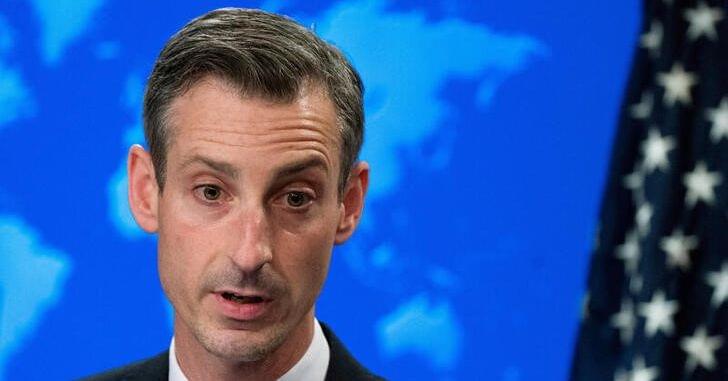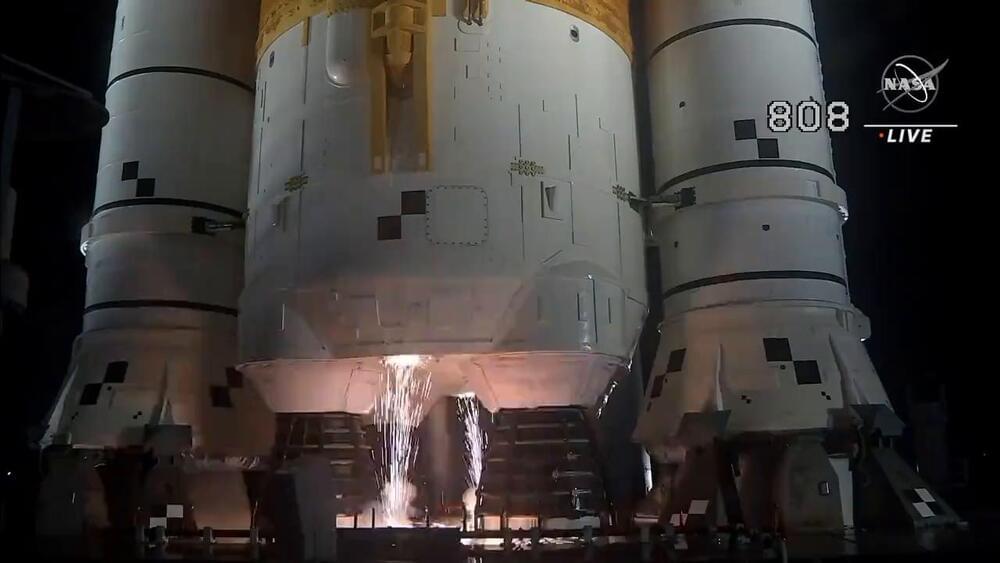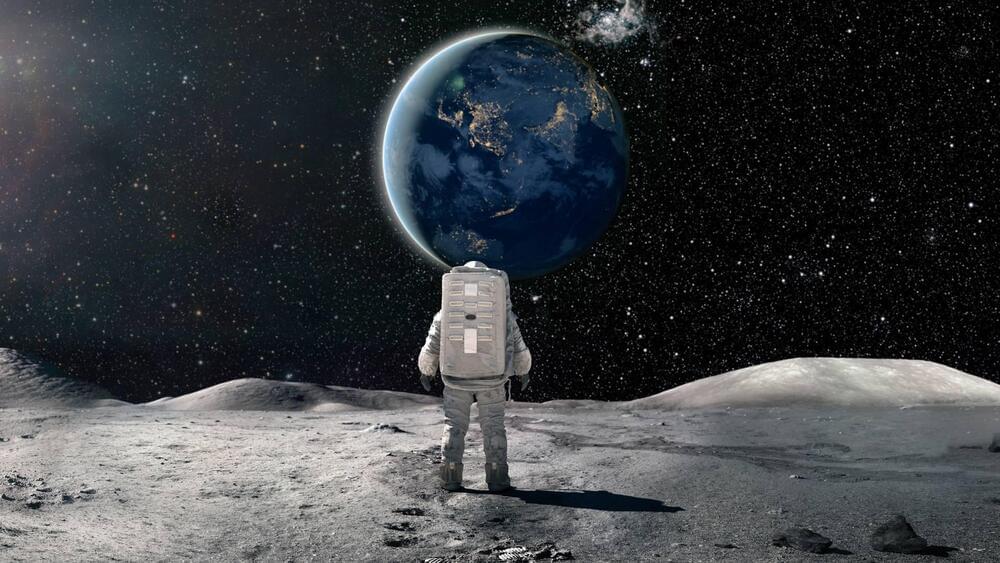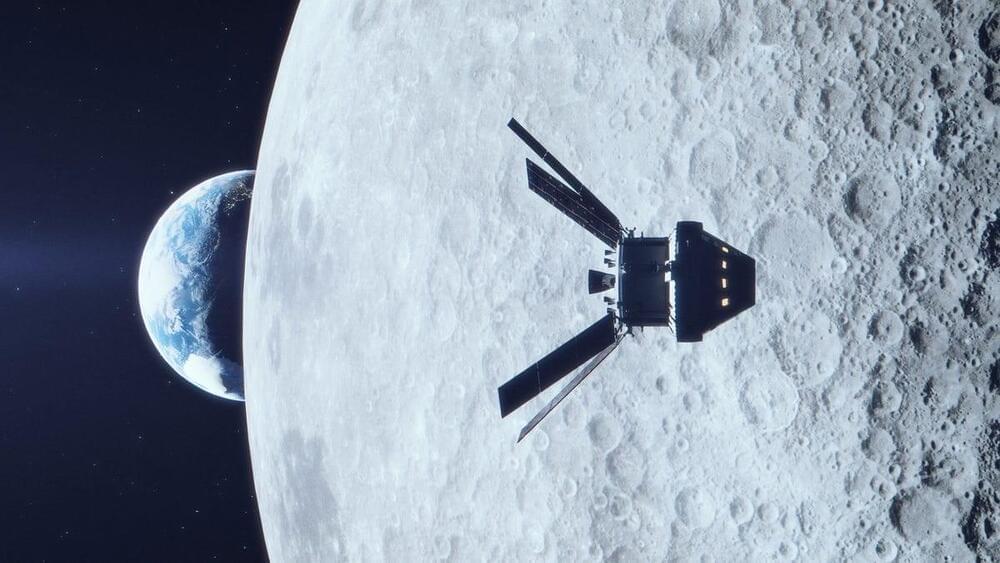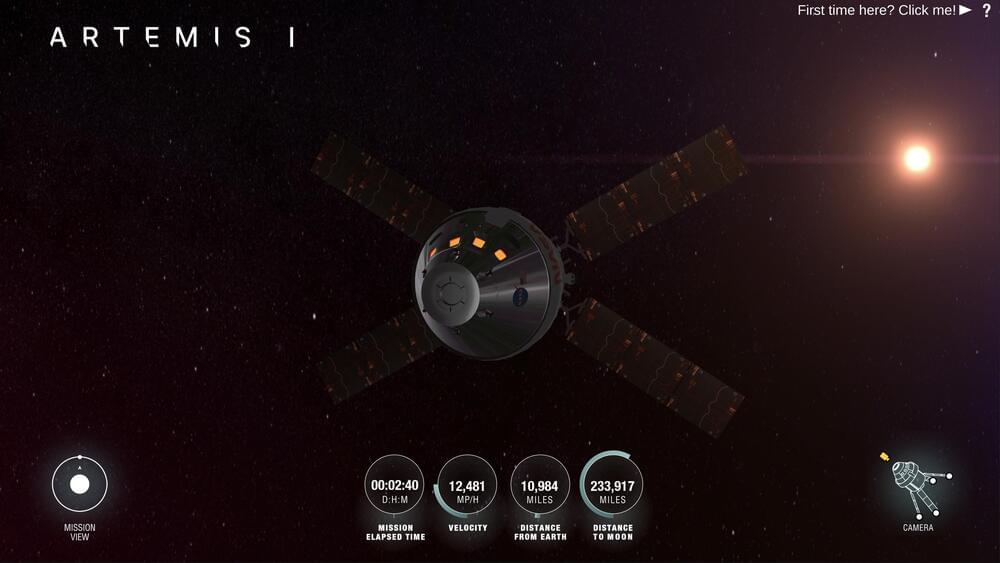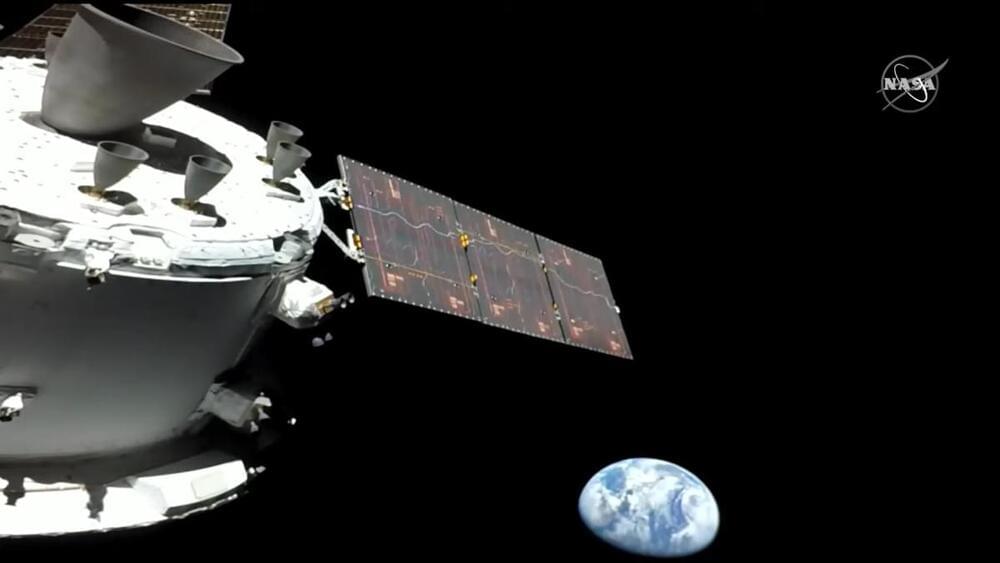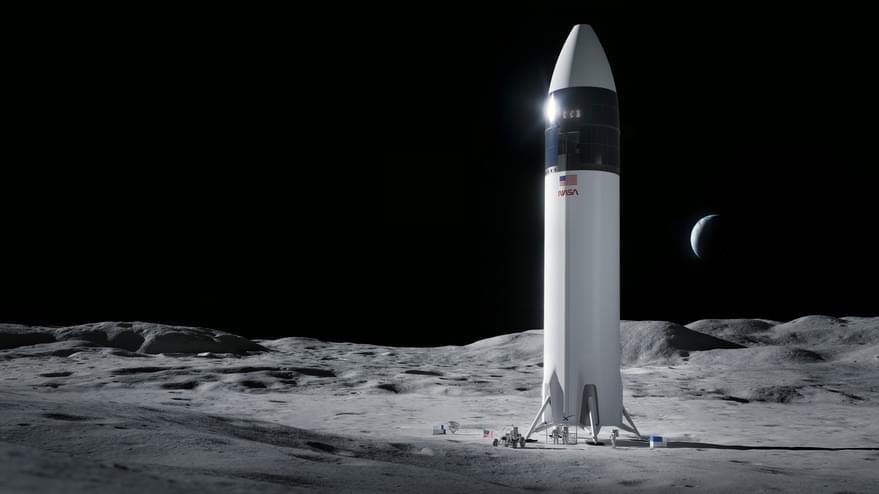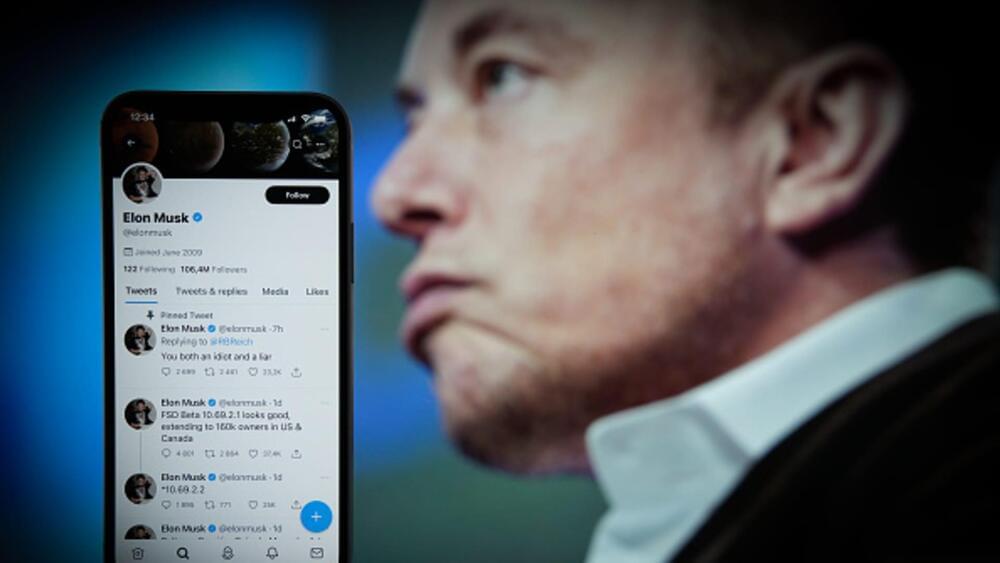WASHINGTON, Nov 8 (Reuters) — The United States and Russia are expected to meet soon and discuss resuming inspections under the New START nuclear arms reduction treaty that have been paused since before Russia’s invasion of Ukraine, U.S. State Department spokesperson Ned Price said on Tuesday.
Speaking at a daily press briefing, Price said the bilateral consultative commission (BCC), the mechanism for implementation of the last remaining arms control agreement between the world’s two largest nuclear powers, will meet “in the near future.”
Russia in August suspended cooperation with inspections under the treaty, blaming travel restrictions imposed by Washington and its allies over Moscow’s February invasion of Ukraine, but said it was still committed to complying with the provisions of the treaty.
